





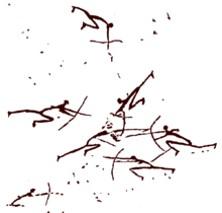
Answer: Thinlyslicedpork!
Not to be confused with BaCoN, the student-led science magazine. This issue aims to continue with the new structure, while adding some variety.
This edition is packed with a wide variety of topics. These range from taking down invasive species using heavy weaponry to the chemistry behind lethal nerve agents. There is also a timeline detailing significant scientific breakthroughs and their implications in wars.
We sincerely hope that you, the reader, enjoy this edition of BaCoN.

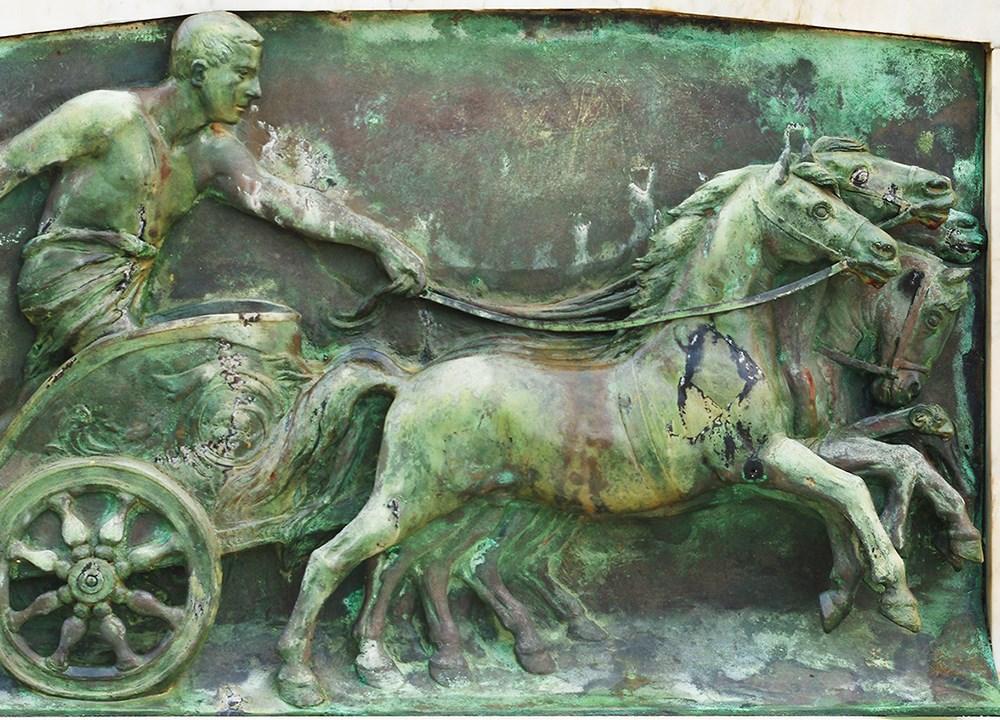
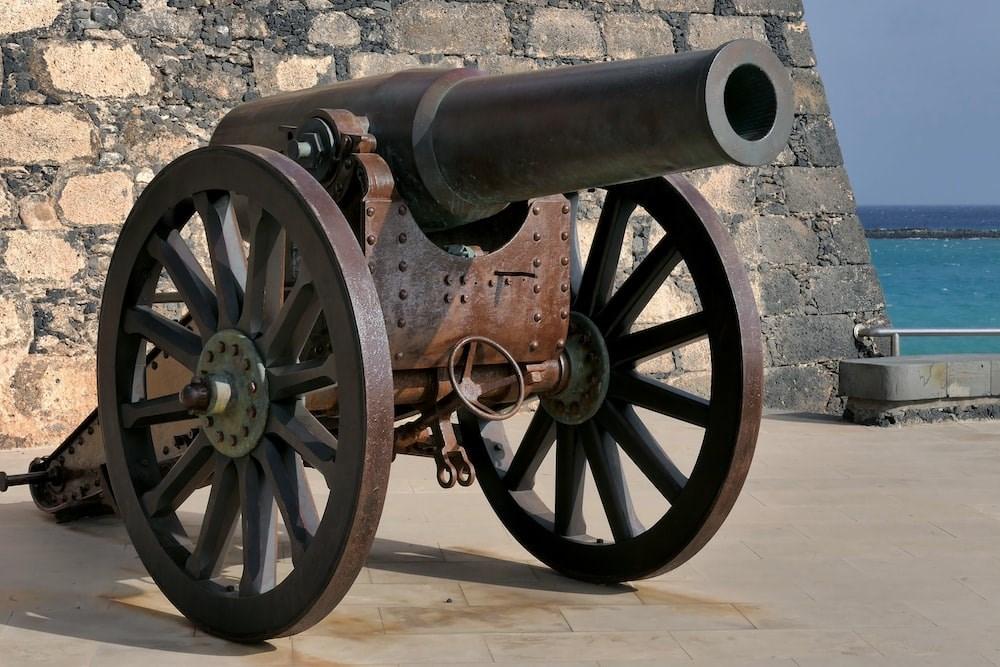
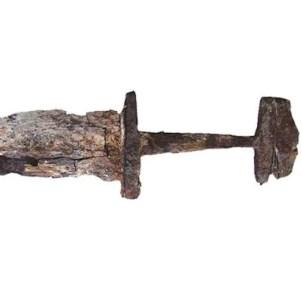
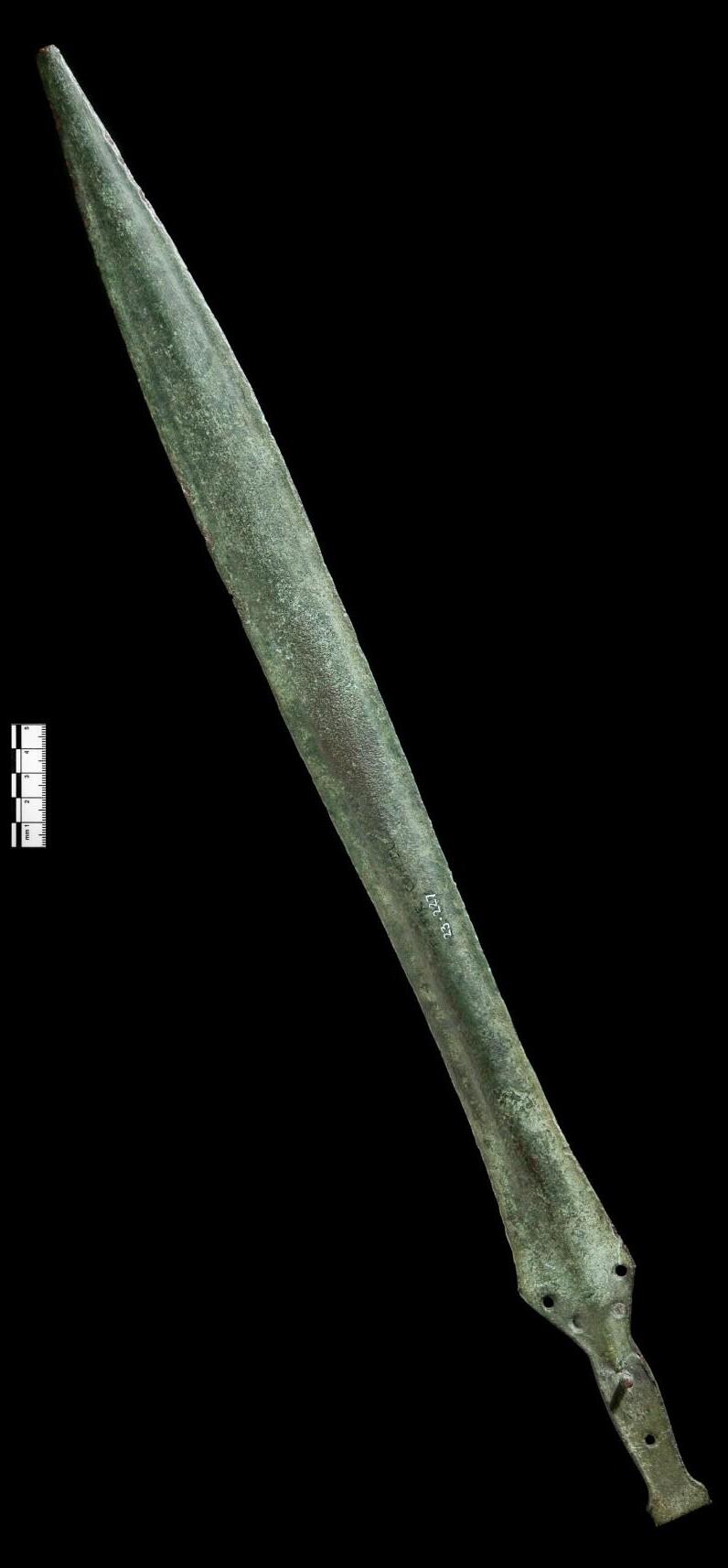
 By Space (M)
By Space (M)
When you read the title "Modern Weapons", the first thing that comes to mind might not be explosive rats. But if you were an allied power in the early 20th century, that may just be your weapon of choice, seeing as they were employed by the UK during World War 2.
The idea was to plant explosives inside rats, hoping they'd be burned by the axis powers when workers found them in the boiler room. The UK hoped it would be enough to cause a boiler explosion rendering a ship out of action.
Funnily enough, the shipments of explosive-filled-rats were seized! But you'd be wrong to conclude the entire operation was a bust, since it caused the unlucky soldiers tasked with searching rat carcasses for bombs to waste a lot of time.
So, there's a way to annoy your enemy without doing much just the possibility of you having done something can be enough.
Funnily-inily enough, you'd also be wrong to assume this is the only time the UK snuck explosives into a mammal like object to trick the enemy during the second world war, only this time the decoy bomb containers weren't live rats, but straw dummies.


The UK's were called “Rupert” (pictured right).
Don't worry, it's not just you I also struggled at first to understand how this was fooling anybody.
No, the real deal was dressed in fake helmets and fake weapons, just enough to lure nearby enemies close enough before the bomb would explode. Just for fun, here's America’s version, “Oscar” (pictured left)
Cute, right? But enough about bombs.
I know what you're thinking. You've been afraid to say it, but we all know the real enemies in World War 2... were corners.
Which was why the Germans invented the Curved Barrel.
Which lets you shoot around corners.
As you know, these were decisive in the war, and curved guns quickly became the predominant gun. Except not really. Obviously.

But how come? Shooting around corners would of course be very well received. It's because the bullets would very often shatter in half before leaving the barrel at all, leaving your ingenious weapon rather objectively useless when it came down to it.
Exploding rats, decoy dummies, round guns. World War 2 was a time of a lot of exploration as far as weaponry went. Just goes to show that the times you're most fiercely under attack is the time when you grow the most.
So if you want to be a good friend, attack your friends.
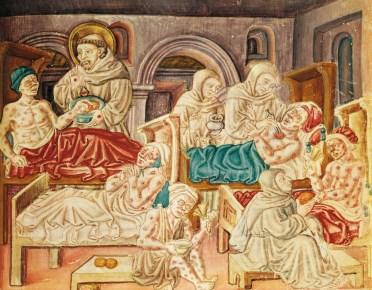
EMPs or Electromagnetic Pulses are a scientific phenomenon that can cause surges in power grids and break electronic equipment. This is why it is dangerous! It can cause major power grid failures potentially cutting thousands to millions of people’s electricity. It prevents communication and breaks most computers. It is effective in the military because most equipment can be damaged using EMPs.
What is an EMP though? An EMP is like a radio wave but has much stronger electric field strength. This wave can induce a charge in electrical equipment, potentially short-circuiting or overcharging the device. This is used as a tactical way of destroying electrical equipment and causing havoc.

There are two types of EMPs: nuclear, and non-nuclear. Nuclear EMPs are more traditional, causing an EMP by ionizing air using gamma radiation. Nuclear EMPs are usually used in high altitudes as it can cover more land area. The Non-nuclear weapon is relatively new and uses large capacitors (electricity banks) and releases all its stored energy at once. Non-nuclear devices require so much energy that they have a much shorter range than nuclear EMPs, though are still often used for small-scale operations like terrorism.
But why use an EMP? In today’s world, humans rely more and more on electrical equipment. This makes any type of EMP more dangerous. However, modern electrical appliances are often equipped with fuses to protect against power surges. Underground bunkers with thick concrete walls also protect entirely against this kind of weapon.

The Emu War, aka the Great Emu War, was a military operation which took place in Western Australia in 1932. The operation was aimed at controlling the emu population that had previously been causing havoc in local farming towns as they trampled and destroyed crops and farmland. The event became famous part of Australian History and one filled with humour and absurdity due to its ultimate failure.
The emu, a large flightless bird, native to Australia, had been causing significant damage to crops and farmland in the region. Therefore, to counter this havoc, the Australian Government decided to take military action against the species. This operation led by Major G.P.W Meredith had the objective to cull all the emus in the region. The operation began on November the 2nd, 1932, and was only expected to last six months.
The military force had been equipped with two Lewis guns, which were automatic weapons capable to firing up to 500 rounds per minute. However, the soldiers soon discovered the agility the Emus possessed meant they were capable to evading the gunfire with ease. The emu is known for its thick, robust skin and soldiers soon found that the emus could absorb significant amounts of bullets before going down.
Despite the soldiers’ valiant efforts, the military force only managed to exterminate a small number of Emus. Many of the birds evaded the horrible death as they were too elusive and a rather difficult target to hit. After one month of hunting these pesty birds, the soldiers only managed to kill around 50 Emus, far from the thousands they had hoped they would cull.
The failure of the operation was largely due to the military underestimation of the Emus’ agility, resilience, and speed. The soldiers were further not prepared for the harsh Australian climate and terrain, making it difficult for platoons to move and execute their missions.
The Emu War has become a source of amusement and humour in Australian history. The event has been branded into Australian culture, with cartoons, songs and even a beer named after it.

After the failure of this operation, the Emu population was still on the rise and continued to cause havoc to farmland and crops in parts of Australia. Since then, the government has implemented various measures to try and control their numbers.

At 16:15, on an unassuming March 3rd 2018, a caller to emergency services reported two individuals unconscious on a park bench in the centre of Salisbury; an eyewitness saw the woman, later identified as Yulia Skripal, foaming at the mouth, and the man, Sergei Skripal, drifting in and out of consciousness, his eyes as glazed as the overcast sky above him.
Both Yulia and Sergei had been victims of an attempted assassination using a ‘Novichok’ nerve agent. These chemical weapons were developed by the Soviet Union between the 1970s-1990s to be undetectable by NATO scientists and defeat their protective equipment. To understand what causes these nerve agents to be so toxic, we will explore a molecular narrative. We will start with the moment the chemical agent was applied to the Skripals’ front door, its absorption via their respiratory system and subsequent distribution around their bodies, and how this simple collection of atoms nearly killed them.

It started with two Russian ‘tourists’, Alexander Petrov and Ruslan Boshirov, purportedly in Salisbury to visit the cathedral and its “famous 123 metre spire”. However, they had another item on their touristic agenda: visiting the Skripals’ home to apply the nerve agent to their front door. This had been transported in a perfume bottle in order to evade airport security, and forensic analysis of the scene would later determine that the highest concentration of this nerve agent was on the door. The chemical structures of these agents are disputed, and forensic analysis of them is classified, making it difficult to describe their exact chemical makeup. However, these agents can be broadly classified as “organophosphate acetylcholinesterase inhibitors”. In simple terms, the “organo” part of the name refers to the organic backbone (marked as a green *) and the “phosphate” part of the name refers to the core phosphorous atom (the “P” in the red circle in the image below). A key fluorine (“F”) atom is present in most of these agents and plays a key role in knocking out or “inhibiting” the “acetylcholinesterase” (AChE) enzyme, hence “acetylcholinesterase inhibitor”.
Figure 1. Two structures claimed to be ‘Novichok agents’ classified as “organophosphate acetylcholinesterase inhibitors”. The red ring represents the “phosphate” group, the F atom is essential in knocking out the acetylcholinesterase inhibitor, and the parts with the asterixis represent the “organo” framework.

The nerve agent is delivered to a surface either as an ‘ultra-fine powder’ or a vapour capable of being inhaled. Upon inhalation, the agent will make its way through the victim’s respiratory system and be absorbed into their bloodstream. It is then indiscriminately distributed across the body. However, its toxicity arises from it targeting a specific set of cells: the muscles. Once here, it finds its way to the junction between the nerve cells and muscle fibres (the neuromuscular junction, see figure 2). It is here that these agents wreak neurological mayhem.
We take for granted the spontaneity of muscle contraction: as I write this article, nerve cells are instantaneously firing electrical signals, travelling at speeds of up to 30 metres per second, from my brain to the muscles in my forearms and hands. During the contraction process, acetylcholine is released from the end of nerve cells transmitting these signals to muscle cells, directing them to contract.
forming ace c acid and choline. The anionic site is nega vely charged, holding the posi vely charged acetylcholine molecule,orien ngitinspacesoitcanbebrokendownmore

acetylcholinewhichleadstoacascadeof
events causing muscle
In order for regulated messaging between nerve and muscle cells, an enzyme, acetylcholinesterase, needs to break down the acetylcholine in order for the signal to stop. This deactivation is essential because if the acetylcholine remained bound to its receptor, the receiver of the signal, continuous activation would cause paralysis as your muscles would not stop contracting, this is what causes the acute symptoms of Novichok poisoning: involuntary contraction of all skeletal muscles leads to paralysis; and dysregulation of the heart and diaphragm muscles leads to respiratory and cardiac arrest, with death following imminently. Understanding how Novichok agents knock out the acetylcholinesterase (AChE) enzyme helps us understand how to design antidotes that prevent victims from dying. The enzyme AChE is remarkable: it is one of the fastest working enzymes in the natural world, one enzyme breaks down approximately 25,000 molecules of acetylcholine per second, approaching the limit allowed by the rate of acetylcholine diffusion. Put simply, it could not work any faster. The enzyme’s rapid work rate is necessary for effective and transient communication between your motor neurones and muscles. AChE possesses two structural features that contribute to its catalytic ability, an esteratic site and a separate anionic site (figure 3). Novichok agents broadly mimic the structure of acetylcholine, duping AChE into thinking it’s an acetylcholine molecule. However, the enzyme cannot break it down nor can it leave the active site as it binds irreversibly to the enzyme (see figure 4). Such is the potency of these nerve agents the process of breakdown occurs only after hours or days, long after the victim has died. This potency comes down to the “F” atom. For those interested in the specific chemistry behind the inhibition of AChE, there is a reaction mechanism that explores the specific electronic events and molecular reorganisation that describes this process i.e., the breaking and making of new covalent bonds, in figure 5. Understanding how the agents interact chemically with the enzyme allows chemists to design antidotes to be administered upon suspected nerve agent poisoning. Pralidoxime is one such substance that reactivates AChE by breaking the bond between the nerve agent and the enzyme, allowing acetylcholine to be




During the Second Battle of Ypres, chlorine gas was used by axis powers. Gas would be used by both sides after this.

To conclude, the use of Novichok agents, and chemical nerve agents more generally, has significant implications for counterterrorism and security service operations. International cooperation has helped eliminate approximately 98% of declared chemical weapons stockpiles. However, it is probable these agents will continue to be used by rogue nations during their attempts to assassinate political opponents. The Skripals’ were part of an unfortunate club of organophosphate acetylcholinesterase inhibitor victims: Russian opposition leader Alexei Navalny and Kim Jong-un’s half-brother, Kim Jong-nam, are just a few other significant members. The Novichok molecular narrative also serves to demonstrate that with some basic understanding of chemistry and human biology, we can explain why these agents are so toxic, and more importantly, scientists can use this knowledge to design treatments to prevent more victims from dying in the future.
Enzyme: A biological catalyst i.e., a protein that increases the rate of a chemical reaction in the body. They are used to perform chemical reactions such as the breakdown of complex carbohydrates (e.g. starch into glucose). The “active site” is the location in the protein where this chemical reaction takes place.
Inhibitor: A substance that “inhibits” i.e. stops an enzyme from working. It can do this in several ways: competitive inhibition occurs when the inhibitor molecules take the place of the substrate and “competes” for the active site; a non-competitive inhibitor bind to an enzyme away from the active site, altering the shape of the active site, preventing substrate from binding
Neurotransmitter: A substance that allows nerve cells to communicate with one another or to other tissues.
Acetylcholine: A specific neurotransmitter that allows nerve cells to communicate to muscle cells, amongst other tissues.
Acetylcholinesterase: An enzyme that breaks down the neurotransmitter, acetylcholine, into acetate and choline.
Synapse: The gap or “junction” between two nerve cells or a nerve cell. Impulses are transmitted between these gaps using neurotransmitters.
Neuron: A specialised cell that transmits electrical impulses across your nervous system. They are the fundamental units of the brain and nervous system. A motor neuron is a specific type of neuron that allow us to speak, move, swallow, and breathe by sending commands from the brain to the muscles.
Neuromuscular junction: The gap between the end of a motor neuron and the start of muscle tissue.
Figure 5. Suggested reac on mechanism describing how Novichok agents deac vate and irreversibly inhibit the acetylcholinesterase enzyme. “X” represents the “F” atom in the structures in figure 1. For those unfamiliar with the “curly arrows” used to represent how chemical reac ons occur, they simply show you the movement of pairs of electrons. Curly arrows move from a source of electrons to an acceptor - this movement causes the forma on and/or breaking of a covalent bond. The breaking and making of new bonds fully describe how reac ons between organic molecules take place.

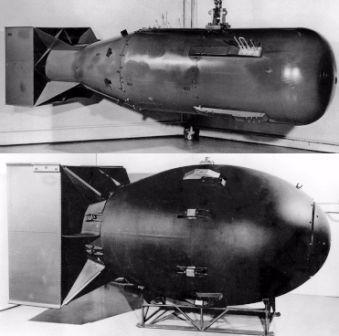 By Vera (W) and Riya (W)
By Vera (W) and Riya (W)
Studies have placed the prevalence of PTSD in the aging Holocaust survivor community between 46% to 55%. Scientists who work closely with Holocaust survivors have recognized a few commonalities employed on a daily basis by those who are able to thrive beyond their traumatic experiences.
Most patients from the Holocaust who developed PTSD were said to show symptoms within 6 months of the traumatic event, but in the cases of those incarcerated or fleeing Hitler during WW2, the incubation period is proving to be many year later at a much older age. Holocaust researchers say the problem is because very few survivors sought or were even offered psychiatric help soon after the event.

Survivors of the Holocaust are expected to be at risk for post-traumatic stress disorder (PTSD). Several case studies have been made in order to prove this with survivors. For example, a particular study investigated PTSD symptoms in Holocaust survivors with well-documented exposure to trauma. The German files of 124 Jewish Holocaust survivors who were judged to be free from bipolar affective disorder, obsessive-compulsive disorder, and organic brain syndrome were selected from those of 145 applicants to West German compensation boards. The psychiatric assessments were re-examined to meet certain requirements descriptions of current PTSD symptoms according to the diagnostic criteria.
Another group of 20 Auschwitz survivors with tattooed identification numbers were also compared with the 45 survivors who had not been in concentration camps. 63% of the total sample had been detained in concentration camps, and an average of 78% of their first-degree relatives were reported killed in the Holocaust. Forty-six percent of the total sample met criteria requirements for PTSD. The most common symptoms were sleep disturbance, recurrent nightmares, and intense distress over reminders. The tattooed Auschwitz survivors had significantly more symptoms and were three times more likely to meet diagnostic criteria for PTSD than the survivors who had not been in concentration camps. Moreover, the results suggest a greater risk of chronic PTSD in survivors who were exposed to atrocities. Most survivors had not received adequate psychiatric care.
Yael Danieli is a psychologist, traumatologist and the director of the Group Project for Holocaust Survivors. She has extensively studied the ways Holocaust families have rebuilt functional lives after traumatic pasts. Some victimise themselves, others take on defensive mindsets, while others numb themselves to feel protected. You can see this from some of the comments made from different points in time by survivors. Their names were disclosed, but comments such as ‘I think we chose to get on with our life. And to get on with our life meant suppressing it, burying it’. Some survivors refused to talk after, one of them mentioned ‘I don’t want to talk about it because you don’t understand it anyway…you weren’t there’. Holocaust survivors even after getting out didn’t feel safe to talk about what happened, and because of this so many of them went unnoticed and undiagnosed. Back in 1945 mental illnesses and aftermath of the war was still mostly unrecognised.

A survivor quoted that he didn’t want to talk about it because ‘You’re going to look at me like I’m crazy’. The majority chose silence over what they thought would have been embarrassment and shame.

Yoram Barak did a study on 61 Holocaust survivors exploring the idea of PTSD and whether it’s a temporary thing that goes away. However, 91.8% of the survivors were recognised to have chronic PTSD, meaning that the horrors they endured during the Holocaust stick with them through their whole life. Memory becomes a ‘lifelong burden’. Jews are still hated to this day by a huge list of nations. Holocaust survivors can’t seem to escape their past, and somehow this problem in the world goes unnoticed.
The Nuremberg trials were where the hearings of Nazis were held, a main candidate being Adolf Eichmann. Eichmann claimed that him and his comrades were ‘forced to serve as mere instruments,’ claiming that they were just following orders ‘We were not supposed to think’ said one of the Nazi generals. They claimed that they were ‘trained to obey orders’ and that ‘the thought of disobeying an order would simply never have occurred to anybody,’. However, the court didn’t accept these claims as they implied that anyone had a choice, the only exceptions were if they didn’t know what they were doing was illegal or if they would be in the hands of harm after doing so. Even the Nazis developed PTSD from the Holocaust as they were terrified to do anything less than just simply comply with the death of millions.

In conclusion the Holocaust caused long lasting post-traumatic stress disorder which caused long lasting effects, not only to the survivors but also to the ‘murderers’ themselves. This judgement has been proven in many case studies conducted by expert psychologists who have proven this in their findings. Sadly most survivors of the Holocaust never even came forward to say anything because they were ashamed and still terrified to this day.
 By Sam (Bn)
By Sam (Bn)
Wars have significantly impacted many people's lives; being civilians or a soldier. This could have a lasting effect on your day-to-day duties, mental health and behaviour. Throughout the ongoing course of the war, the majority of soldiers have been exposed to many traumatic events. As a result, they develop mental health problems; PTSD, anxiety and depression are the most publicised mental health challenges. Out of 100 veterans, about 11-20 of them have left with PTSD. The PTSD symptoms not only can affect your working ethic but also your emotions, thoughts and behaviours this is why the Army veterans have the highest divorce rates.
Sir Francis Bacon

This issue was made possible by submissions from:

Space (M)
Seb (Bn)
Jacob (S)
Mr Simkin
Vera (W)
Riya (W)
Sam (Bn)
And editors:
Cyrano (Bn)
Jonti (Bn)
Adam (Bn)